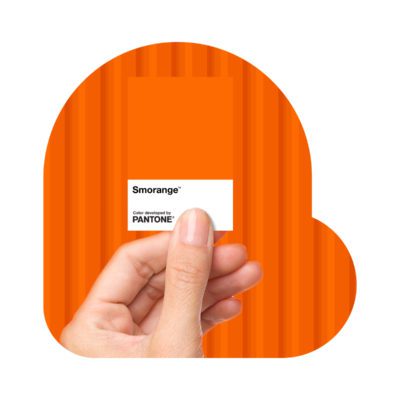According to Dataessential research, 47% of diners are willing to dine-in at a restaurant with outdoor or patio seating. So if you’re considering maximizing your restaurant’s capacity by expanding outdoors, now may be a good time to think about the logistics of your setup, safety measures and curb appeal.
START WITH THE BASICS

By expanding your restaurant’s square footage to sidewalks, patios, the street or even the parking lot, you can operate at closer to full capacity. But before you start moving outside, check for any state and local mandates to determine how much space your restaurant is allowed to accommodate and how temporary your setting will be. Beyond any local ordinances, here are a few things to consider for your space:
- Consider your average party size for your restaurant, such as a table of 4 or 6 people, to best determine the ideal table size for your outdoor area
- Space tables 6 feet from other tables measured from the back of each chair, chair-to-chair
- While folding chairs and patio tables may be appropriate for temporary setups, more permanent fixtures like picnic tables and heavy seating that are difficult to move will help ensure social distancing is maintained
- Set up an outdoor host stand to help direct diners when they arrive
- Clearly designate areas for foot traffic and your restaurant to help diners navigate your outdoor area and prevent congregating too closely
- Help give outdoor diners peace of mind with outdoor sanitation stations, your COVID-19 policies, inviting safety signage and notices that your staff is regularly cleaning all surfaces, just as they would do indoors
KEEP IT LEGAL

While many state and local governments are temporarily suspending the necessary permits needed for outdoor dining, it’s important to keep a few things in mind before setting up:
- Don’t put any temporary furniture over street drains that could impede water flow
- Ensure outdoor dining areas are not in any fire lanes or obstructing access to fire hydrants or any other safety amenities
- Consider what your pet policy will be for your outdoor dining area
- When in doubt, contact your local municipality to ensure you are following the correct processes and have the proper permissions
DRESS TO IMPRESS

Not only does an open air environment lower the risk for spreading COVID-19, but it can also make your restaurant look more enticing to passersby. If you can invest especially in dialing up the decor of your outdoor space:
- Use planters to transform an outdoor space by creating natural barriers and even minimizing surrounding noise
- Temporary decking, turf or platforms that cover the ground can also help demarcate the space while providing ADA accessibility
- Keep your diners comfortable by providing shade with canopy tents, umbrellas, fans or even portable AC
- Bring your indoor branding outside by adding color treatments to barriers that separate seating, or by defining areas on the ground with chalk, corn starch paint, epoxy gravel or tempera paint




